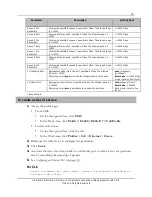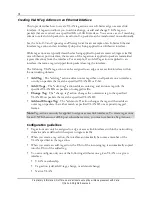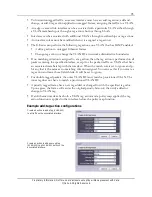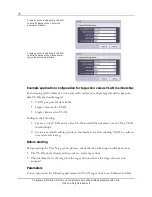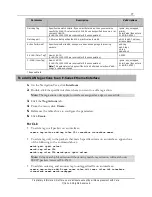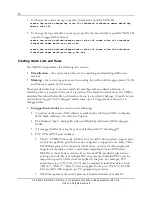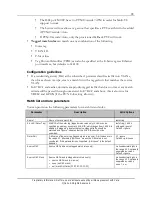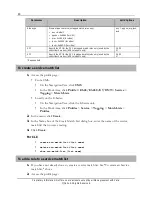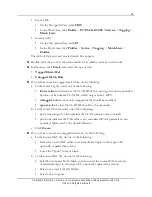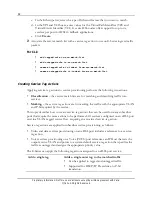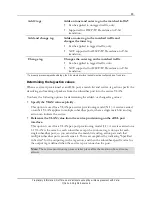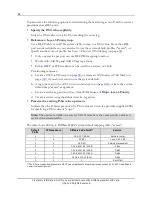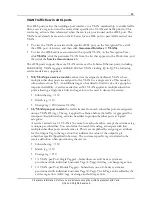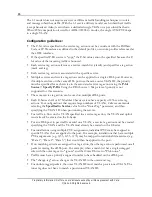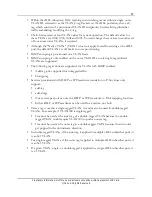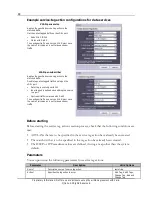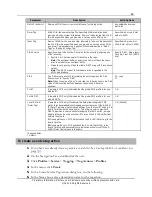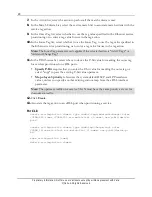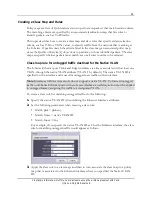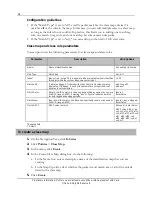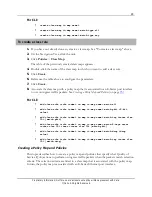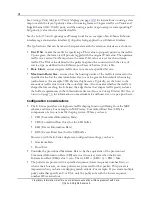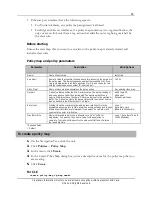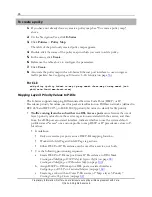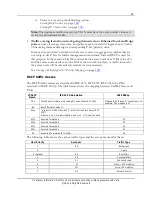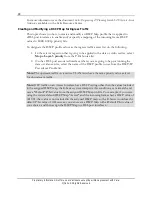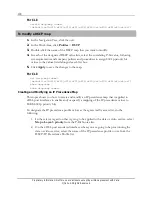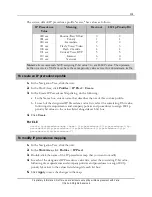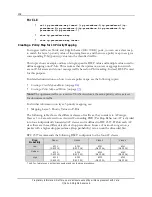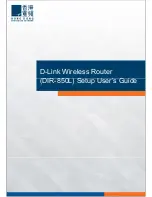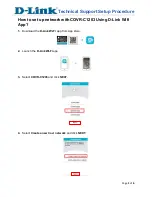
87
Proprietary Information: Not for use or disclosure except by written agreement with Calix.
© Calix. All Rights Reserved.
Within the xDSL subsystem, MAC learning and switching occurs within a single, outer
VLAN ID, referred to as the VLAN C-tag. Packets on the xDSL port always have a C-
tag, which consists of a provisioned VLAN ID and priority for classifying subscriber
traffic and adding/modifying the C-tag.
The E-Series reserves four VLAN values for system operation. The default values for
these VLANs are 1002, 1003, 1004 and 1005. You can change these values to another set
of four consecutive VLANs, if required.
Although the "Native VLAN" (VLAN 1) does not apply for traffic arriving at the xDSL
port, the default VLAN 1 is off limits for user provisioning.
IGMP snooping is provisioned on a VLAN basis.
IGMP snooping is only enabled on the outer VLAN ID as only single-tag multicast
VLANs are supported.
The following tag actions are supported for VLANs with IGMP enabled:
Add-tag (ony supported for untagged traffic)
Change-tag
Services provisioned with DSCP or IP Precedence translation to P-bit values only
support:
add-tag
add-2-tags
One service per port can use the DSCP or IP Precedence to P-bit mapping function
Either DSCP or IP Precedence can be used for a service, not both
Once a tag is used as a single-tagged VLAN, it cannot also be used in double-tagged
VLANs. For example, if VLAN 300 is single tagged:
It cannot be used as the inner tag of a double-tagged VLAN because the double-
tagged VLAN would require VLAN 300 to push an outer tag.
It cannot be used as the outer tag in a double-tagged VLAN because then it would
get popped in the downstream direction.
In double-tagged VLANs, if the inner tag is applied to multiple xDSL subscriber ports, it
is an N:1 VLAN.
For single-tagged VLANs, if the outer tag is applied to multiple xDSL subscriber ports, it
is an N:1 VLAN.
If a given VLAN, single- or double-tagged is applied to a single xDSL subscriber port, it
is 1:1 VLAN.

